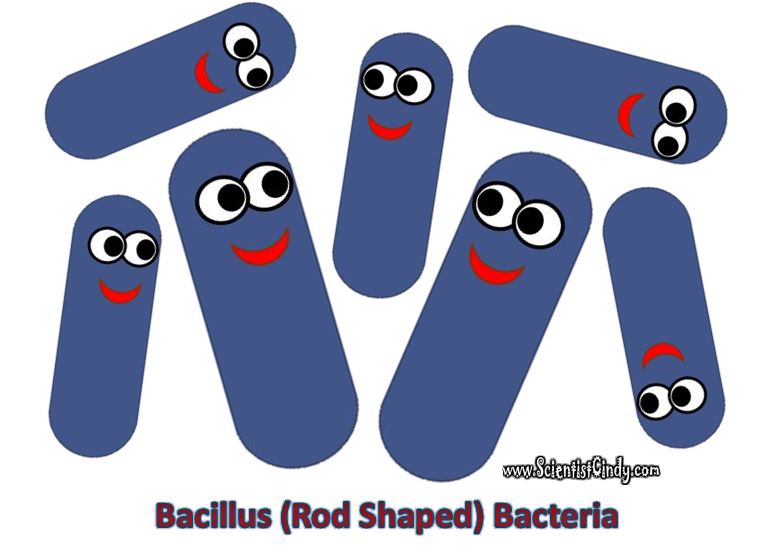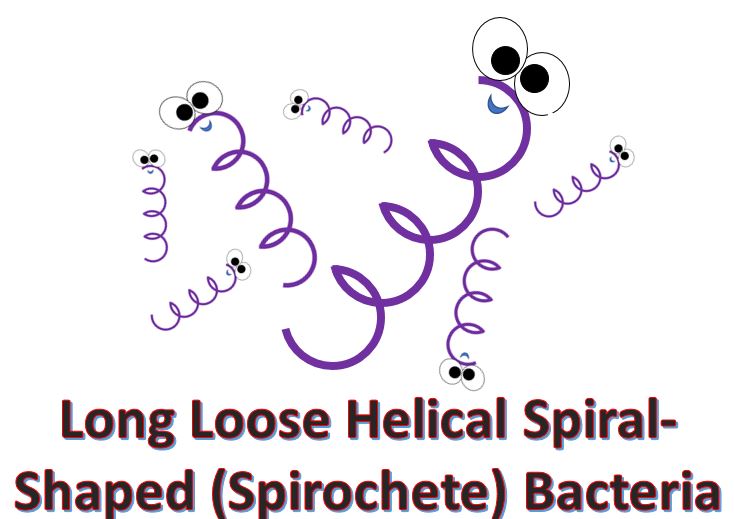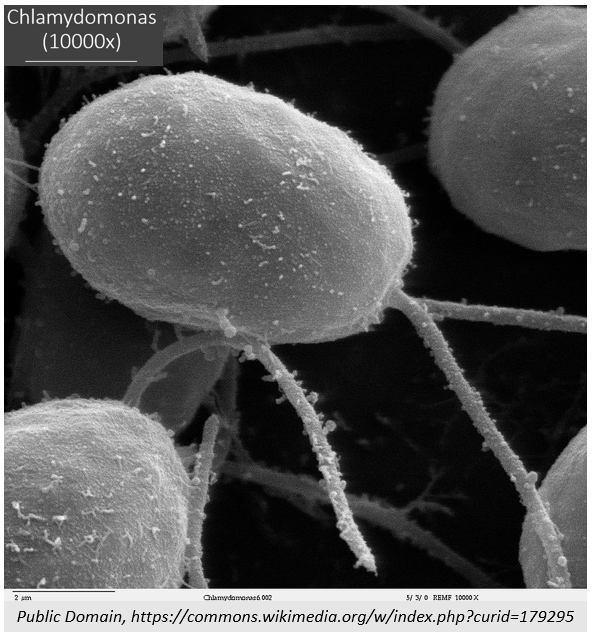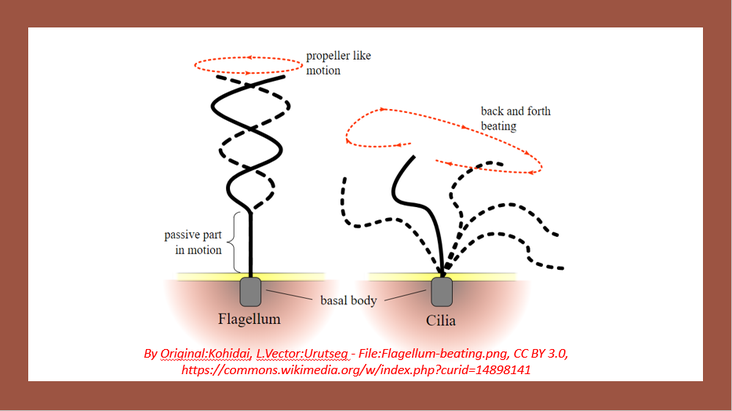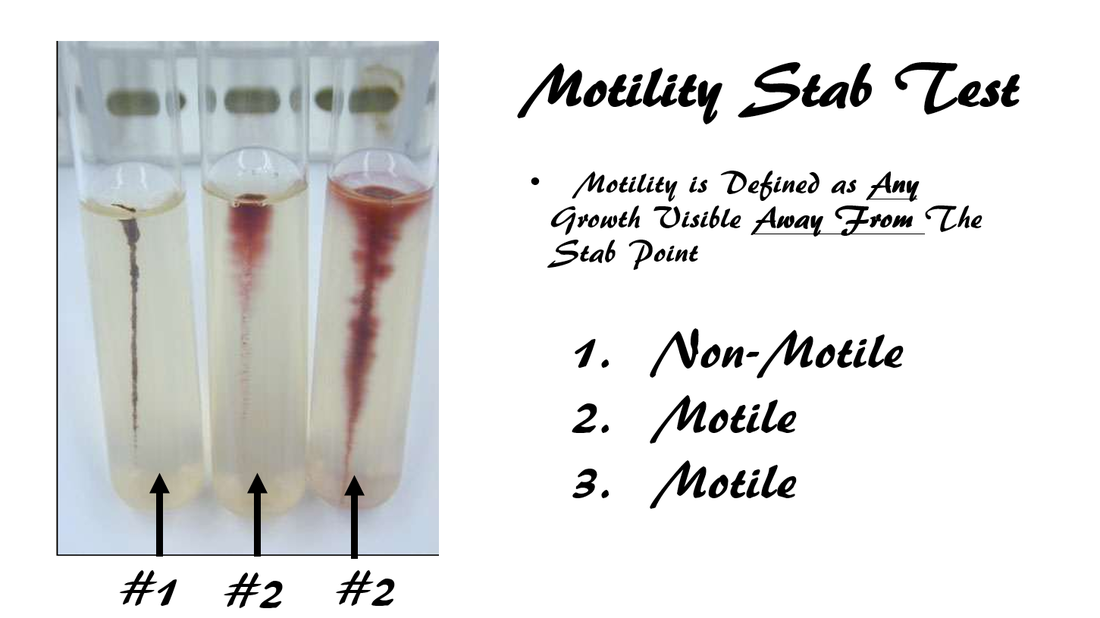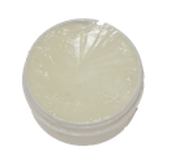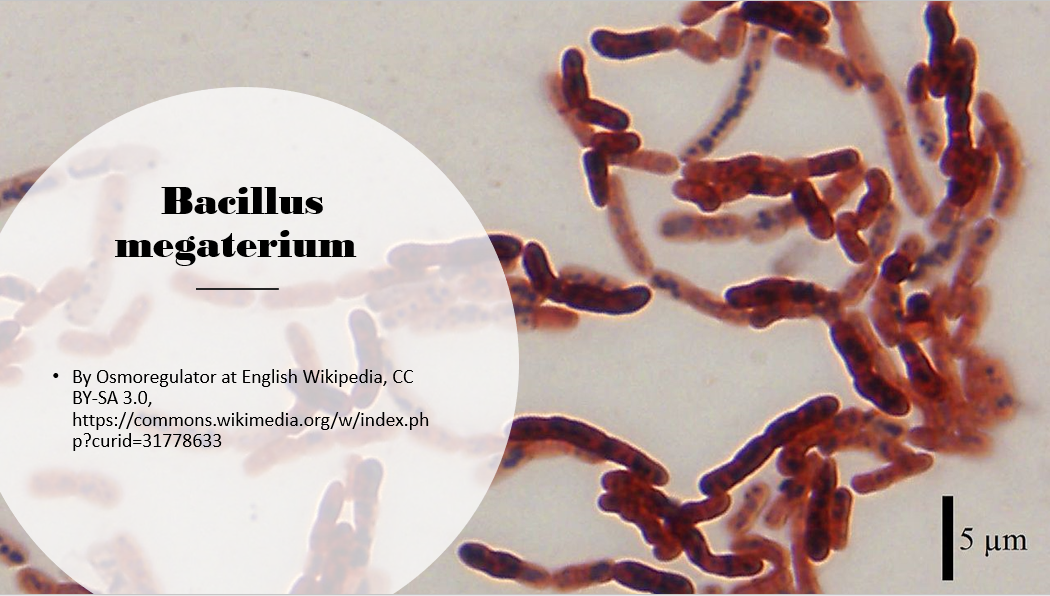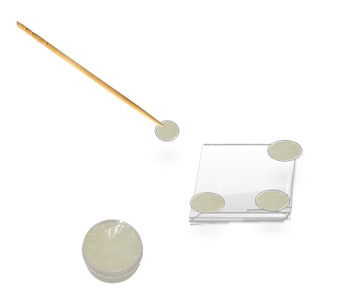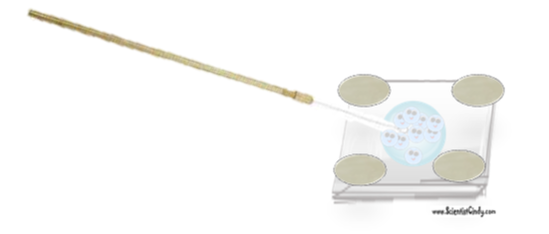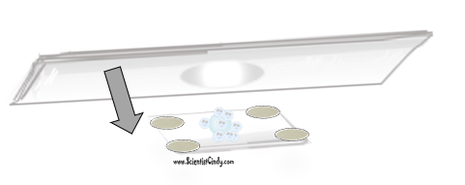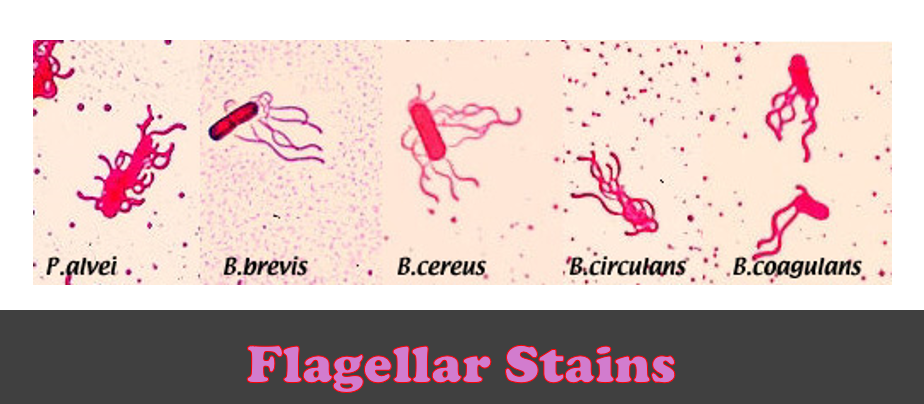PART I WET MOUNT
- Prepare wet mount slides of both S. aureus and P. vulgaris using 5 loopfuls of each organism in the center of a slide
- Cover the organism with a cover slip.
- View under 400X magnification immediately, otherwise the culture will dry and you will not see anything move. Do not go to oil, you may crack the coverslip.
WET MOUNT PREPARATION
Organisms for Wet-Mount
• Proteus vulgaris
|
• Staphylococcus aureus
|
• Bacillus megaterium
|
MOTILITY STAB TEST
For this test, a softer version of agar, called motility agar, will be used. Motility agar has a colorless dye (TTC or 2,3,5-Triphenyltetrazolium Chloride) that some bacteria have the ability to reduce. TTC becomes red when it is reduced by these bacteria. You may want to review your oxidation-reduction reactions (a.k.a. red-ox reactions from general chemistry). Bacteria that have the ability to reduce TTC, will reduce whatever TTC they may come into contact with. In this way, we will be able to visualize if the bacteria is motile or not, and if it is able to reduce TTC.
PROCEDURE FOR MOTILITY STAB TEST
You will prepare 2 separate samples (1 using S. aureus and 1 using P. vulgaris) in exactly the same way, using sterile technique.
- Flame inoculation needle, uncap agar tube of appropriate bacteria and stab 2-3 times in same spot.
- Flame the mouth of the tube and recap tube., then remove cap from the motility agar and stab the motility agar ONE TIME ONLY. Flame mouth of motility agar tube and replace cap. Flame inoculation needle well (until visibly red) to sterilize.
- Incubate this media at 25°C.
Reading the Results of a Motility Stab Test
MOTILE |
REDUCE TTC |
Total Result |
|
S. aureus |
If there was either a red or a colorless blurry area radiating outward from stab-point = YES If not = NO |
if red = YES if colorless = NO |
?? |
P. vulgaris |
If there was either a red or a colorless blurry area radiating outward from stab-point = YES If not = NO |
if red = YES if colorless = NO |
?? |
- If the bacteria is motile , and is able to reduce TTC, you can visualize the motility by noticing a red area radiating outward from a red stab-point.
- If the bacteria is NOT motile , and is able to reduce TTC, you can visualize the motility by noticing a red area radiating outward from a red stab-point.
- If the bacteria is motile , but is NOT able to reduce TTC, you can still visualize the motility by noticing a "blurry" or "fuzzy" area radiating outward from a colorless stab-point.
- In contrast, if the bacteria is NOT motile and is NOT able to reduce TTC, then the motility agar will appear exactly as it did immediately after the stab (inoculation); as a colorless stab-point with no visible distortions radiating outward from it.
HANGING DROP PREPARATION
Procedure
|

